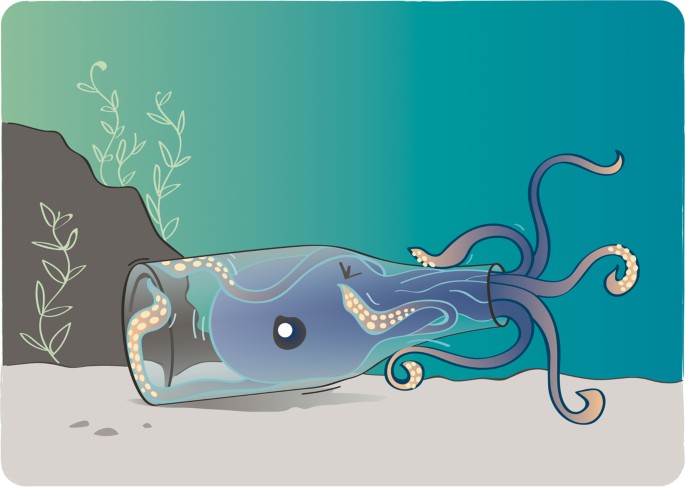
Hiding in reflections | Nature Reviews Materials
- Select a language for the TTS:
- UK English Female
- UK English Male
- US English Female
- US English Male
- Australian Female
- Australian Male
- Language selected: (auto detect) - EN
Play all audios:

Access through your institution Buy or subscribe Now, writing in _Science_, Alon Gorodetsky and colleagues report an adaptive system that reflects infrared light, and hence also heat, in a
similar way to how the squid’s skin reflects visible light. The active layer in their centimetre-scale devices is either mechanically or electrically actuated, resulting in a change from a
wrinkled to a smooth surface, which is accompanied by a change in the reflectance of infrared light. “We were inspired by both science fiction and science fact, in particular, seeing
fictional dinosaurs disappear and reappear when visualized with an infrared camera in Jurassic World, and seeing squids behave similarly when visualized with a standard camera underwater,”
says Gorodetsky. The electroactive layer of the devices is a dielectric elastomer membrane. Polymeric proton-conducting electrodes are placed above and below this layer, and then the surface
of the top electrode is modified with an infrared-reflecting coating. Initially, the devices are mechanically contracted to release tension in the different components, which causes
micrometre-scale wrinkling of the infrared-reflecting coating. Upon the application of an external stimulus — either mechanical strain or an electrical field — the infrared-reflecting
coating goes from wrinkled to smooth, changing the way the devices reflect infrared light. This is a preview of subscription content, access via your institution ACCESS OPTIONS Access
through your institution Access Nature and 54 other Nature Portfolio journals Get Nature+, our best-value online-access subscription $29.99 / 30 days cancel any time Learn more Subscribe to
this journal Receive 12 digital issues and online access to articles $119.00 per year only $9.92 per issue Learn more Buy this article * Purchase on SpringerLink * Instant access to full
article PDF Buy now Prices may be subject to local taxes which are calculated during checkout ADDITIONAL ACCESS OPTIONS: * Log in * Learn about institutional subscriptions * Read our FAQs *
Contact customer support REFERENCES ORIGINAL ARTICLE * Xu, C. et al. Adaptive infrared-reflecting systems inspired by cephalopods. _Science_ 359, 1495–1500 (2018) Article Google Scholar
Download references AUTHOR INFORMATION AUTHORS AND AFFILIATIONS * Associate Editor, Nature Reviews Physics http://www.nature.com/natrevphys/ Maria Longobardi Authors * Maria Longobardi View
author publications You can also search for this author inPubMed Google Scholar CORRESPONDING AUTHOR Correspondence to Maria Longobardi. RIGHTS AND PERMISSIONS Reprints and permissions ABOUT
THIS ARTICLE CITE THIS ARTICLE Longobardi, M. Hiding in reflections. _Nat Rev Mater_ 3, 73 (2018). https://doi.org/10.1038/s41578-018-0021-z Download citation * Published: 15 May 2018 *
Issue Date: June 2018 * DOI: https://doi.org/10.1038/s41578-018-0021-z SHARE THIS ARTICLE Anyone you share the following link with will be able to read this content: Get shareable link
Sorry, a shareable link is not currently available for this article. Copy to clipboard Provided by the Springer Nature SharedIt content-sharing initiative
